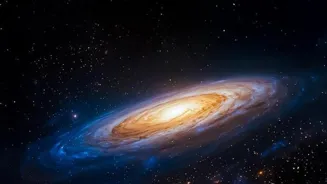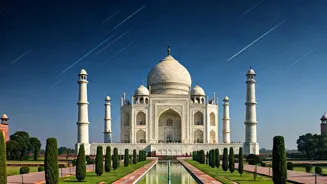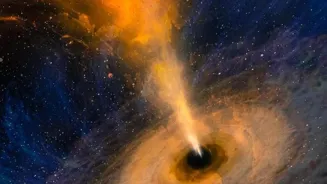Discover the beauty of dying stars painting the sky - Planetary Nebulae. Dive into their cosmic tale and significance in the universe
For all of us who look up at the night sky, the stars are like old friends,
constant and unchanging. But did you know even these massive balls of gas eventually run out of steam? When a star like our own Sun reaches the end of its life, it doesn't go out with a bang like some other types.
Instead, it transforms into something incredibly beautiful: a planetary nebula. These nebulae are one of the most beautiful sights in the universe, formed of gas and dust ejected from the dying star.
The name gives them their definition due to that the earlier astronomers thought they were planets when they saw them with the help of their small telescopes, but these are beautiful remnants of the process through which stars end their existence.
When stars run low on fuel, they create stunning planetary nebulae in space, glowing ethereally
These stunning cosmic artworks happen when a star, nearing the end of its existence, starts to run low on the hydrogen fuel that powers nuclear fusion in its center. Think of it like a car running out of petrol.
As the star begins to use all of it’s hydrogen , its core starts to shrink and heat up and expands drastically into a red giant. During this phase, the outer layers of the star become unstable.
This process ejects into space, creating a vast, expanding shell of gas and dust , which is the planetary nebula.
The cast-off layers are then flooded with ultraviolet radiation which comes from the exposed core of the star , causing them to glow in the dark giving an ethereal, multicolored display.
One day, as Sun also reaches it’s maturity, it will also turn into planetary nebula which can be viewed easily with the help of the telescopes.
Planetary nebula colors reveal star elements and history
The colors seen in planetary nebulae are not just pretty but tell us a lot about what they are made of and what elements they consist of. The red color often comes from hydrogen, the one which constitutes the star.
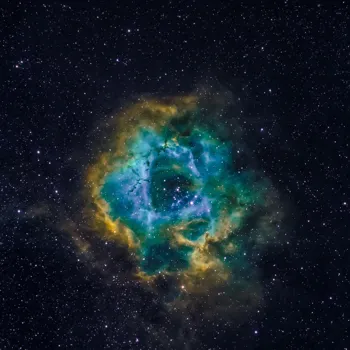
Hydrogen is the most abundant element in the universe, while green and blue are caused by oxygen, which means elements like oxygen were produced in the dying star. Nitrogen and helium can also contribute to the overall color scheme.
By analyzing the light from a planetary nebula, scientists can learn what elements were present within the star, its temperature, and how the cloud of gas is expanding. It's like reading the star's autobiography written in light and color, and what it consisted of.
Planetary nebulae: vital cosmic recyclers, seeding new stars and life
Planetary nebulae are not just pretty faces; they play a crucial role in the life cycle of the universe. They are the main source of cosmic recycling.
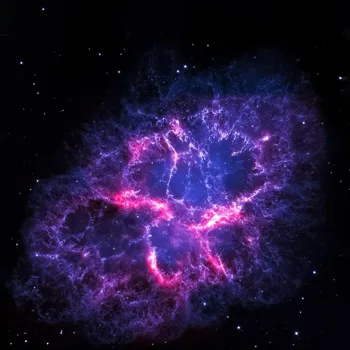
The material ejected from the dying star contains elements heavier than hydrogen and helium, which were created in the star's core during its lifetime. These elements, like carbon, oxygen, and nitrogen, are essential ingredients for forming new stars, planets, and even life.
When a planetary nebula disperses, the elements it contains are spread throughout space, enriching the interstellar medium. Later, these elements can be incorporated into new generations of stars and planetary systems.
So, planetary nebulae are like cosmic fertilizer, making sure the universe has the raw materials to build the next generation of celestial objects.
Planetary nebulae in Milky Way and beyond, with unique structures and colors, studied for star evolution
Lots of planetary nebulae have been discovered in our galaxy, the Milky Way, and beyond. Each one has its own unique structure and colors. Some well known examples are the Ring Nebula (M57), which looks like a smoke ring in the sky.
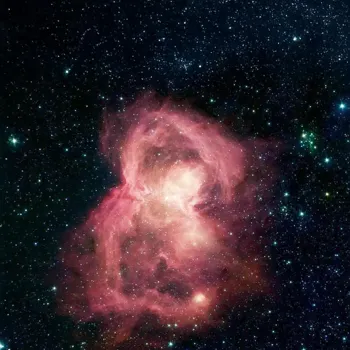
It is the most famous planetary nebula, Dumbbell Nebula (M27), and the Helix Nebula (NGC 7293). The Helix Nebula is very close to the Earth. All these planetary nebula can be seen with the help of powerful telescopes. Using these telescopes we can learn about their shapes, sizes, and compositions.
These observations helps the astronomers in having a better understanding which will benefit in the evolution of stars. The Hubble Space Telescope, in particular, has captured some of the most detailed and stunning images of planetary nebulae.
Studying planetary nebulae reveals insights into star life cycles
Studying planetary nebulae helps us understand not just the death of stars but also the possible future of our own solar system and existence of universe. Our Sun is destined to become a planetary nebula in about 5 billion years.
While that's a long time away, studying other planetary nebulae gives us a preview of what might happen when our Sun runs out of fuel. It also helps us understand the processes that occur during the final stages of a star's life.
This knowledge sheds light on how elements are created in stars and how they are distributed in the galaxy.
AI Generated Content. Glance/InMobi shall have no liability for the content







